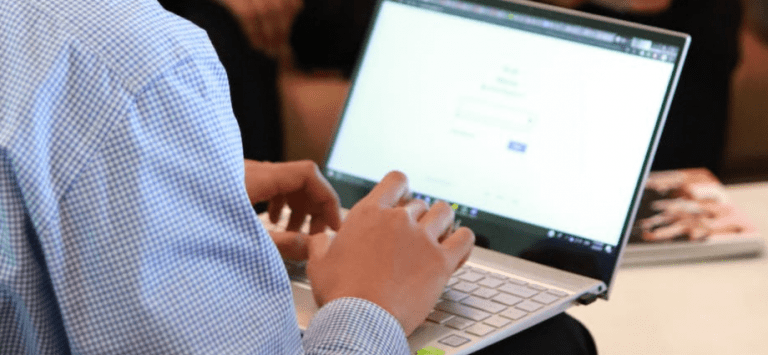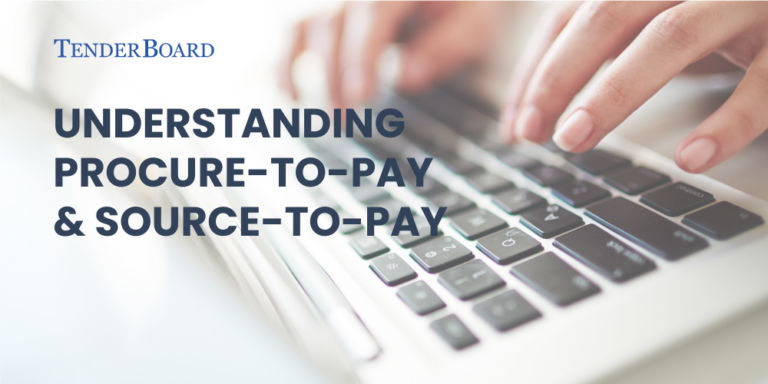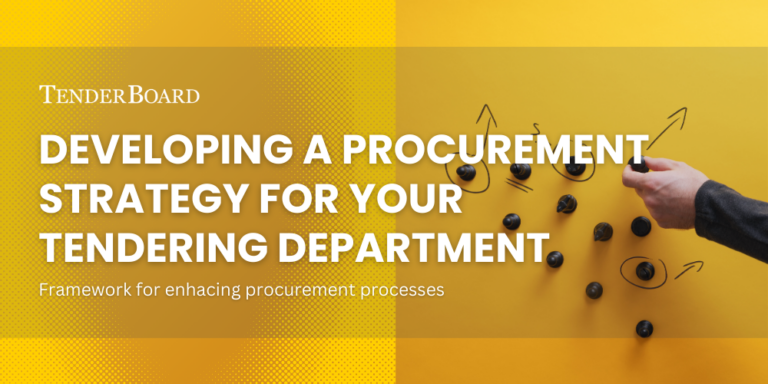The Auditor-General’s Report is a reminder that annual audits enable organisations to detect vulnerable areas and opportunities for growth. Below are some of the procurement lapses noted in the report –
1. Inadequate assessment of cost reasonableness
Ministry of Home Affairs
The report highlighted the quotations MHA used to compare star rate items were either by the contractor or subcontractors involved in the projects, which led to inadequate assurances on value for money for these items. There were also concerns raised on the authenticity of some of the quotations.
The above was in contradiction to the Government Procurement guidelines, which states teams are required to obtain additional quotations from other sources for the assessment. By following procedure, MHA may have then been better able to determine cost reasonableness and achieve better value for money.
Public Utilities Board (PUB)
The report found that PUB had procured creative services without an assessment of cost reasonableness on contracts totaling $250,000, and $780,000 were paid for before clear documentation on assessments performed. These services were also not procured under the Whole Of Government (WOG) Period Contract and Framework Agreement (PCFA). An estimated $34,000 overpayment was also made for these services.
2. Lapse in valuation of contract variations
Ministry of Home Affairs
AGO has found that variation works were not appropriately valued and works carried out were not properly evaluated before payment.
The use of incorrect rates, quantity measurement quantities and duplicated payments resulted in an overpayment of $298,700. And the overpayment on works not performed or not performed in accordance with contract requirements amounted to $62,300.
At the same time, there were no supporting documents to substantiate payments for daywork variations, which meant any overpayment made here cannot be determined.
Ministry of Communications and Information (MCI)
Under the Whole-of-Government Period Contract & Framework Agreement (WOF PCFA), services procured amounted to twice the approved procurement value ($322.7m v.s. $174m). The initial approved value of $174m was for a period of 3 years from 2018, after which there was an extension of 6 months via a contract variation. However, there was a lack of Standard Operating Procedure (SOP) to handle approvals for contract variation, which likely resulted in the overspend.
The WOF PCFA had also received proposed pricing based on different units of measurement (MCI intended a “per person” or “per concept” unit while bidders submitted a “per lot” or “per man-hour” unit), which could have been the reason for significant price variation in price schedules.
The difference in measurements made it difficult to perform apple-to-apple comparisons, and price variations between bidders differed greatly, with the highest bidder for 1 item bidding up to 92 times the lowest bid. The report also noted that no checks were done to ascertain if these bids were for the same services before selecting vendors.
The report also noted good practices carried out by the government
Health Promotion Board (HPB)
During the pandemic, HPB was tasked to provide manpower for swab testing. They established the Testing Operations Tasking Group (TOTG) and implemented an IT system to manage deployment, work schedules, HR functions and facilitated communication between HQ and on-ground staff.
With the task force and technology implementation, they were able to handle a large influx of manpower, where they set up and managed over 5000 personnel in 60 swab centers.
Singapore Land Authority (SLA)
SLA’s role in the pandemic was to provide facilities for quarantine, isolation, temporary dormitories etc. This was managed by the current staff strength; there was no increase in headcount.
With the increase in services required to provide these facilities, SLA implemented a procurement process and provided officers involved with a manual on these processes
The process included:
- Establishing approving authorities with tiered financial limits for contract awards and variations.
- Providing an approving matrix for different amounts, and segregation of preparer, verifier and approver roles.
- Maintaining and tracking a list of contracts’ validity periods and expiry dates
Furthermore, SLA also engaged a commercial audit firm in 20202 to review if key controls were in place.
What are some of the learning points we can take away from this report
While the report focuses on learning points for moments of crisis, such as the pandemic, these points are also useful in everyday operations.
1. Plan for an emergency before the emergency
The pandemic has shown that anything can happen, and organisations need to be prepared for a crisis, before the crisis.
Establishing Emergency Procurement protocols during peacetime allows employees to know and familiarise themselves with these protocols before it needs to be activated.
2. Maintain appropriate records and document key decisions and transactions
In cases where purchases run in high volumes and transactions are processed quickly without adequate checks, this may lead to poor quality of services, overpayment or duplicated payments.
Establishing a process that provides a guide for officers to follow will help the team to achieve successful transactions. Part of this process should also include workflow guidance, checklists and necessary supporting documents so as to promote effective governance, accountability and transparency.
3. Support development and transform critical corporate functions, such as procurement, finance and human resource
Most organisations are usually focused on developing and transforming services for their customers. At the same time, it’s important to also develop and transform back office systems to ensure that the organisation can continue to run efficiently and effectively.
4. Promote Digital Transformation where possible
Digital Transformation has made working through a pandemic a lot easier: Zoom provided online meetings, Slack provided a channel for internal communication etc. What’s more, we also see how technology enables teams to scale efforts when needed, such as with HPB’s IT system implementation to help manage over 5,000 additional personnel.
With digital transformation, back office functions, such as Procurement, can now digitalise and automate their manual tasks e.g. routing approvals for purchases, tracking contract expiry dates, storing supporting documents. Transactions and communication could also be tracked and recorded in audit trails for checks and future audits.
These transformations benefit both the team and the organisation, where manual tasks are automated away so employees can focus on better, more strategic business tasks, and the organisation benefits from better work productivity.
Conclusion
The Auditor’s General Report may be of the Singapore government, but the findings and recommendations can be applied in every organisations.
Building SOPs and process workflows are part of every organisations’ success. While most organisations would have these established, ensuring corporate governance can be tedious and prone to lapses when performed manually.
Digitalising and automating where possible provides the support for corporate functions to function effectively and efficiently without burning out, so your back office teams can focus on better, more strategic tasks at hand.













